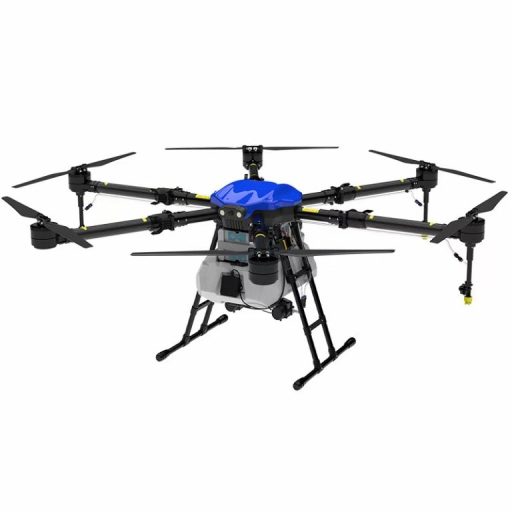UAVs extend their operational capabilities, moving from the consumer market to industrial applications.
The movement trajectory of unmanned aerial vehicles is less limited by terrain and does not need to consider the impact of the operating environment on people. They are widely used in industrial applications and consumer scenarios. It is different from the audio-visual experience brought by aerial photography, formation performance and other functions provided by drones in consumer scenarios; In industrial scenarios, drones can achieve different functions by carrying different loads, and can be combined with AI to improve work efficiency in fields such as agriculture, electricity, emergency, logistics, and surveying and mapping. The bank believes that current commercial drones are an important production factor and an extension of human vision and work capabilities. According to CCID Think Tank, consumption was the main scenario for drones before 2017; However, since 2018, industrial applications have become increasingly rich. In 2021, the industrial drone market has reached 40 billion yuan, accounting for more than 60% of the market.
The policy promotes the accelerated penetration of industrial applications of unmanned aerial vehicles and waits for the growth of downstream demand.
According to the bank’s calculations and industry chain research, in 2021, the penetration rate of drones for plant protection in the domestic agricultural field was only 7.6%, the penetration rate of drones in the surveying and mapping and patrol inspection fields was about 30%, and the penetration rate in the security and other fields was about 10%. It can be seen that the penetration rate of domestic industrial applications of unmanned aerial vehicles is still at a low level, with a large growth space. 2022 is the first year of the “14th Five Year Plan”, and various industry authorities have specifically mentioned drones as an important means to improve operational efficiency in the plan. The bank believes that top-level design and policy support from various industries are expected to guide the promotion and development of drones in multiple fields such as agriculture, emergency response, energy, infrastructure, logistics, and more deeply explore the potential for cost reduction and efficiency increase of drones.
China’s UAV industry has a fertile soil and strong competitiveness of domestic brands.
China has a relatively complete drone industry chain, creating a good development environment for domestic manufacturers. According to Drone Analyst, the total share of domestic brands in the global commercial drone market reached 64% in 2021, with Dajiang’s global share reaching 54%, with strong competitive strength. The bank believes that policy guidance and standard establishment are expected to break through the bottleneck of downstream demand, promote the growth of industrial drone scale, and domestic brands with strong industrial strength are expected to benefit simultaneously with the development of the industry.







Please sign in to comment
register